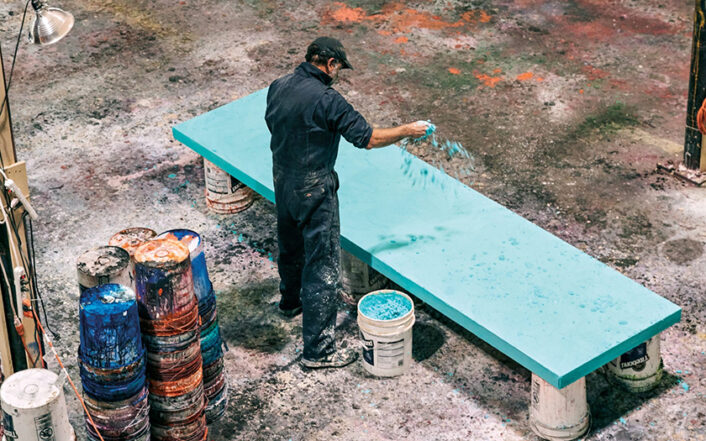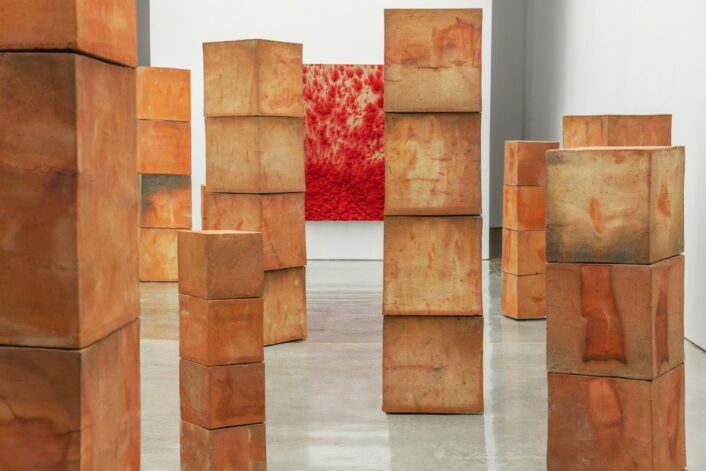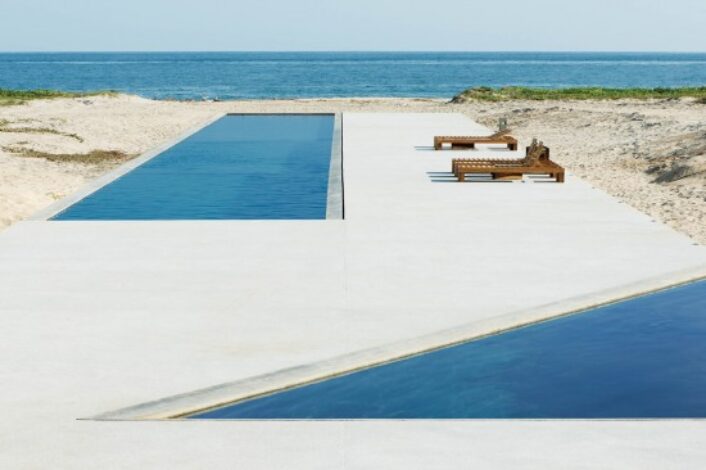Architecture
Bosco Sodi’s new museum in the Catskills
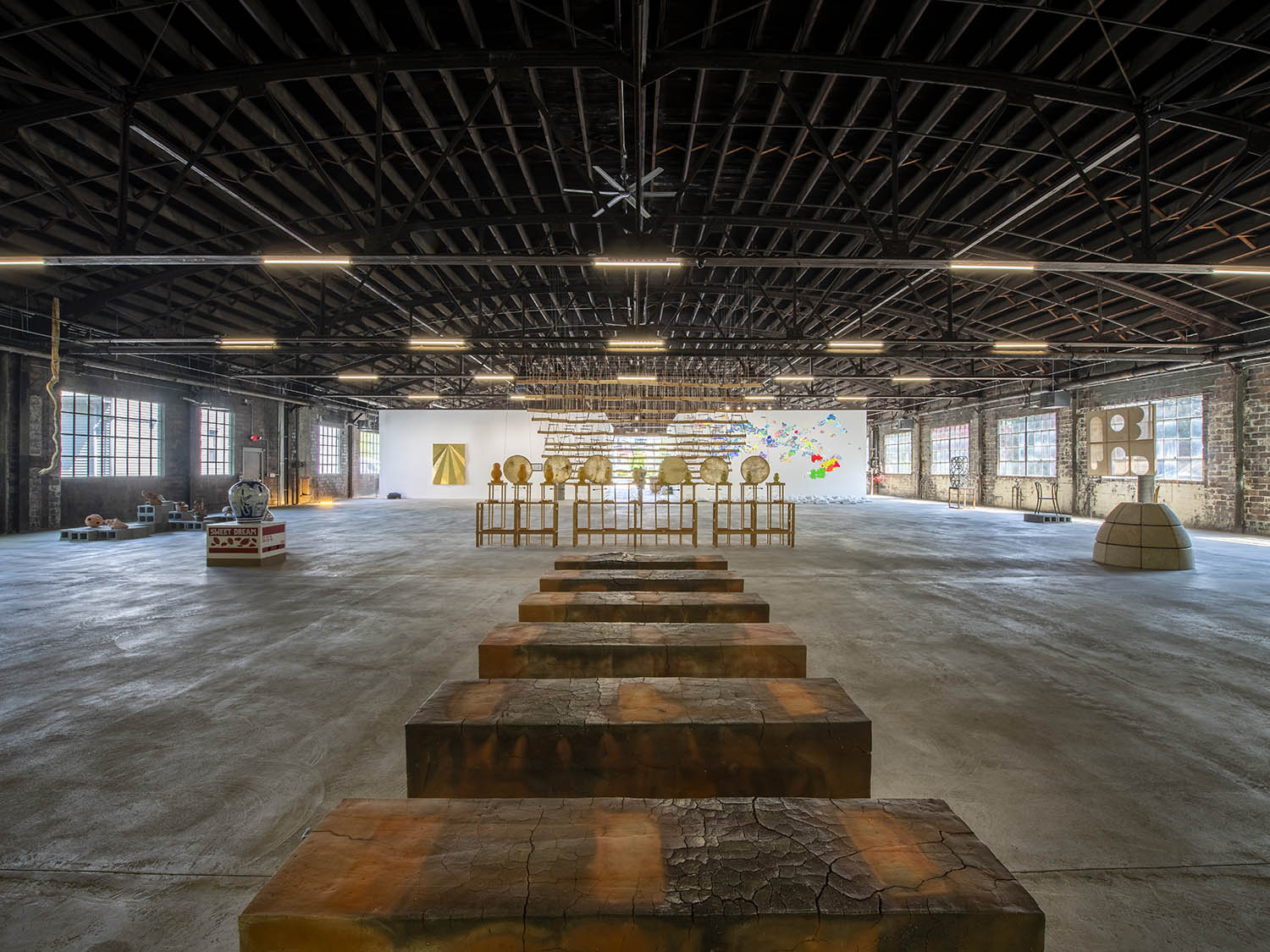
The space had previously been both a Buick dealership and a vending machine store. The warehouse was empty until Sodi purchased it with the idea of turning it into a museum.
Image courtesy of: Galerie Magazine
Earlier this year, the sleepy town of Monticello near the Catskill Mountains received a big boost. Traditionally, museums are amazing anchors toward a location’s rejuvenation… this case was no different. The area is an interesting mix of tenements from the “borscht belt boom” of the 1950s and casual eateries that opened up in storefronts of two-hundred-year-old buildings.
However, the new art space that opened last May is the brainchild of Bosco Sodi; the museum features a collection of 21st-century international artists. Sodi named the museum Assembly in order to (courtesy of The New York Times) “emphasize his hope that it will be a gathering place and a forum for Monticello.”
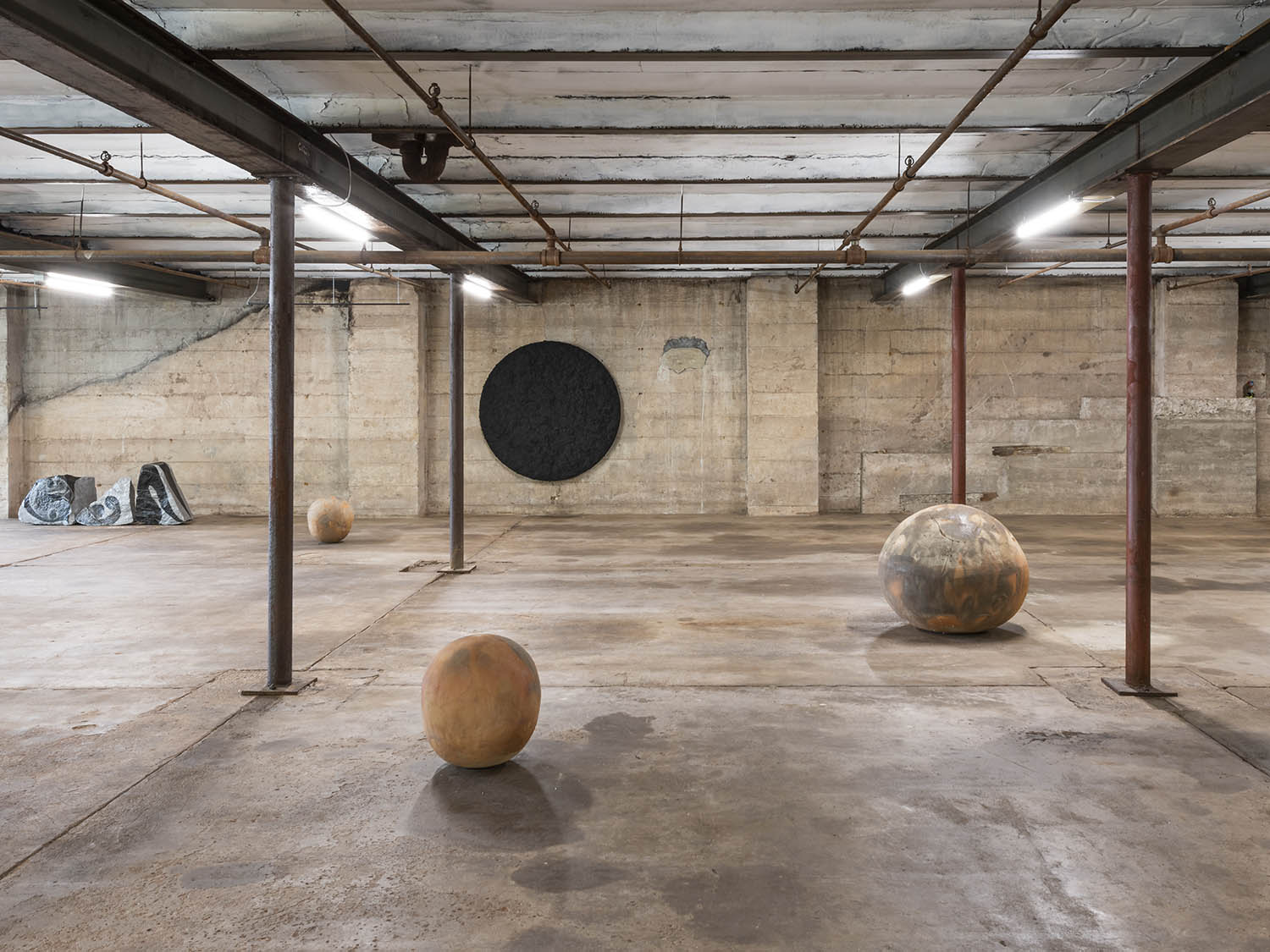
These same sculptures are present at Sodi’s art center at Casa Wabi in Oaxaca, Mexico.
Image courtesy of: Galerie Magazine
The inaugural exhibition was a solo show by Sodi called, “What Goes Around Comes Around.” The show was devoted to one of the artist’s longtime passions: the exchange of cultural, social, and economic ideas. Sodi explained, “I really believe in the exchange of information, ideas and knowledge among human beings. That’s what makes societies evolve.”
The show was curated by Dakin Hart, senior curator of the Noguchi Museum in Queens; it also included smaller shows such as the one that featured contemporary sculptures by Sodi and a number of other Mexican artists. Since all the artwork displayed was “rescued” from isolation in storage crates… the idea of exchange came into play. Once “freed,” the artworks were able to (courtesy of Head Topics), “play their role in the marketplace of ideas.”
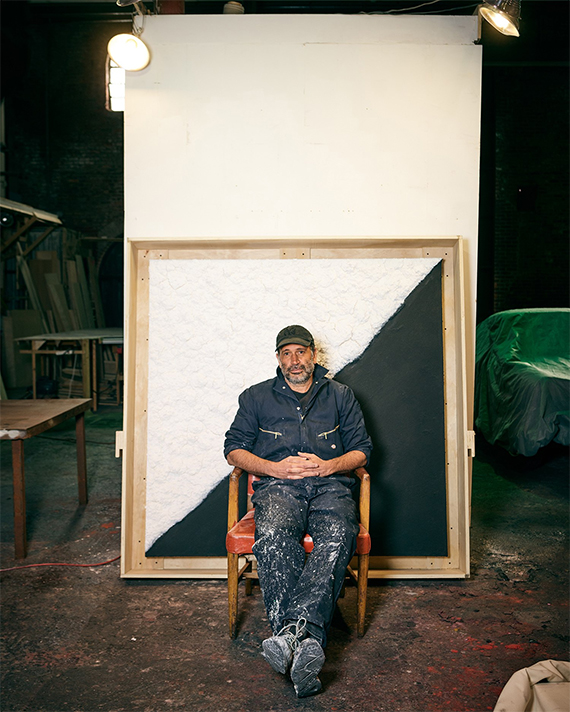
The artist at Assembly.
Image courtesy of: Galerie Magazine, photographed by: Douglas Friedman
Particularly efficient is the way that the show organizes the large-scale works since oftentimes, curators and artists are not sure how to display larger works. Hart said, “A lot of the things that come back to you in crates, stacked into every cranny of one’s studio.”
The sculptures presented were made from a number of different mediums including ceramics, glazed volcanic rock, and clay. Perhaps the most recognized is a mini replica of “Muro,” the 6-foot-tall, 26-foot-wide wall from Mexican clay in New York City’s Washington Square Park. The mini version was displayed against Izumi Kato’s painted rocks and Shiro Tsujimura’s large ceramic pots.
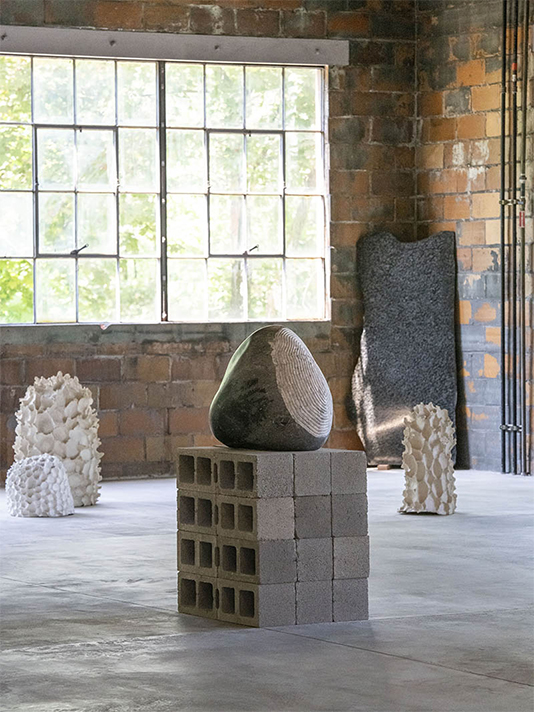
The plentiful light glows onto the unique sculptures.
Image courtesy of: Galerie Magazine
Assembly was sponsored by Foundation for the Mexican Art and Culture, a not-for-profit that worked with the artist and Lucia Corredor, Sodi’s wife. The pair came upon the property while celebrating Sodi’s 50th birthday in the area. Sodi, who had passed the property several times, realized that this would be an amazing two-fold opportunity: one, to help revitalize Monticello’s main street and bring more people to the neglected area and two, to show artwork in a way that he had been aspiring to do.
Hart, the inaugural show’s curator said, “Bosco thinks about everything in terms of people. The first exhibition is a big social map of Bosco’s artistic life because it reflects people of importance to him from Mexico, Japan, and New York.” An amazing addition indeed!
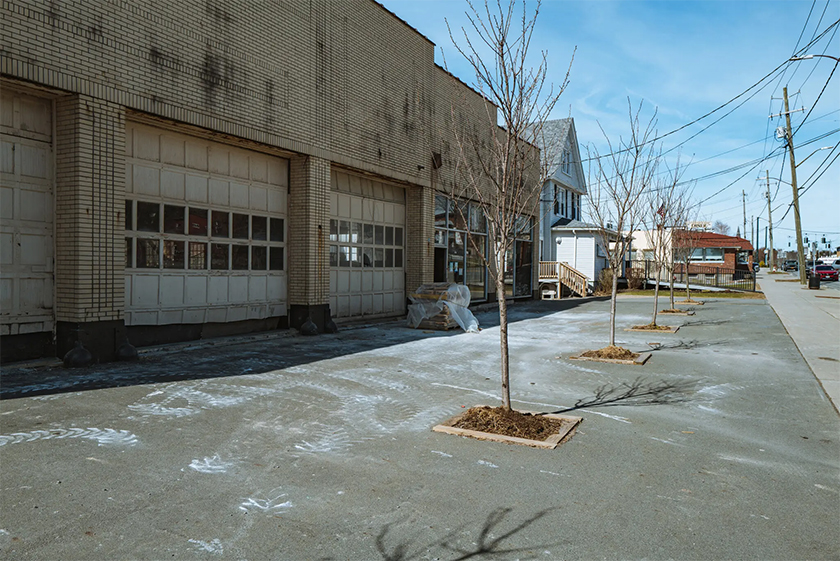
Assembly is intended as a place where dialogue between artists, viewers, and the local community can comfortably converge.
Image courtesy of: New York Times, photo by Peter Crosby
The architect tasked to turn the old car dealership into an art space was Alberto Kalach. The Mexican architect carved out galleries inside the yellow-brick, hanger-style building. The museum is divided into three galleries: Focus Gallery on the ground floor, the main floor, and the Basement Gallery. Sodi will have rotating yearlong exhibitions, as well as educational and community programming. In addition, there are plans to add a restaurant so that the location will become an “all encompassing destination.”
Inside, the work is both large and interactive… you can walk under it and around it and it can be viewed from many different angles. The warehouse’s many windows allow viewers to watch the artwork shift as the light changes. Thus, visitors coming at different times of the day will have a different perspective of the work. Inspiring for sure!
